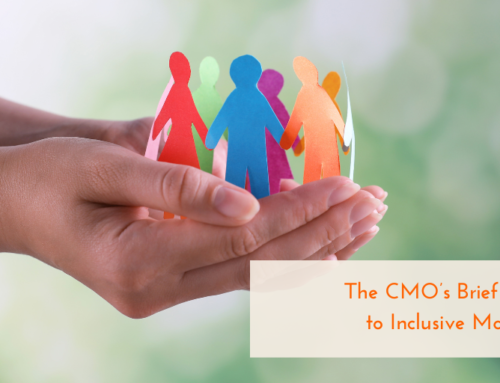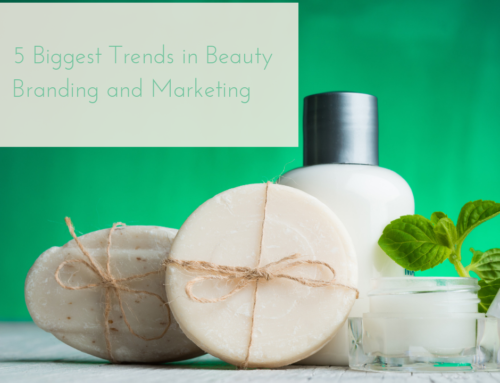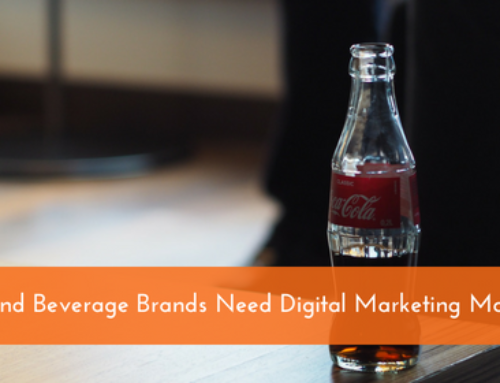
Marketing without branding is like fishing without a hook.
You’ll be distributing your message, sure. You may see results in the forms of sales closed and new customers. But is there even anything behind the words? As expert James Heaton eloquently puts it, your marketing is a method of pushing your message out, while your branding is the pull that attracts customers. While a marketing campaign may convert a prospect into a buyer, your brand is what retains their business for life. In an ideal scenario, it’s so much more than pure messaging. Branding strategy allows you to position your business in your market solidly, build meaningful relationships, and retain customers over time.
In an ideal world, a solid brand should precede your marketing. However, that’s not to say it’s ever too late to begin developing a branding plan for the future. No matter when you start, it’s sure to offer immense benefit to your marketing program and outcomes. The following are some of the ways that defining your organization’s core can act as your marketing secret weapon:
Branding is About Experience
Humans aren’t spurred to purchase because of a really catchy slogan. While it can’t hurt, it’s actually a lot less meaningful than you think. According to neuroscientist Douglas Van Praet, motivation is actually driven by far more visceral things, which are primarily ideas of motion and memory. While a great marketing campaign may be memorable, a well-defined brand is far more likely to stick with a person because it’s about creating an experience.
Expert Steve Manning believes that a brand can be the difference between a commodity and an experience. People purchase products based on factors like price or convenience, which are often conveyed during marketing that’s not connected to a larger strategy. However, branding can transform your company into an experience, and your products into a tool for your customers to achieve a certain lifestyle.
By defining a 360-degree view of who your company is, you’re able to integrate more sensory experiences in your marketing messages that reflect your core values, mission, and essence. You can define how your product fits into your customers lives, instead of just emphasizing attributes. These experiences can trigger memories, which are far more likely to inspire a purchase than well-written, but disparate, marketing communications.
Brand Positioning Matters

Every well-written brand strategy should include brand positioning. It can be affected by the following factors:
1. Buyer persona and Target Market
2. Product or Service
3. Differentiating Factors
4. Unique Value Proposition
Is it possible to market without establishing these factors, or to determine these each time you create a piece of content? Possibly, but it’s not going to work especially well.
Advertisers have long used a concept called “effective frequency,” which is a measure of how many times a potential buyer must be exposed to a brand before they become familiar or trusting. In many cases, it takes at least 3 separate instances of exposure for someone to feel comfortable with an organization. If you’re having trouble broadcasting a unique value proposition, differentiating factors or your target audience consistently, you’ll have a great deal of difficulty achieving effective frequency.
Branding Creates Evangelists
If a truly clever piece of content marketing converts a few customers, what’s the return on investment? It can range from minimal to profitable, but are you really earning any dividends over time? As Heaton highlights, marketing is a way to capture sales, but branding is a way to make “loyal customers, advocates, even evangelists.” Your content marketing is an owned asset, so ensure it’s a meaningful investment.
The difference between marketing and branding can be in how your customers are treated or feel once they’ve made that inaugural purchase. An effective branding strategy won’t just affect your marketing messages that your prospects engage with on a constant basis. It’s going to infiltrate every level of your business, from your customer advocates to your policies. The kind of cohesive experience that comes from branding and is embraced by all levels of your company is what creates customers for life.
For more insights on the benefits of branding, check out our recent article 3 Reasons Your Brand Always Comes First.





